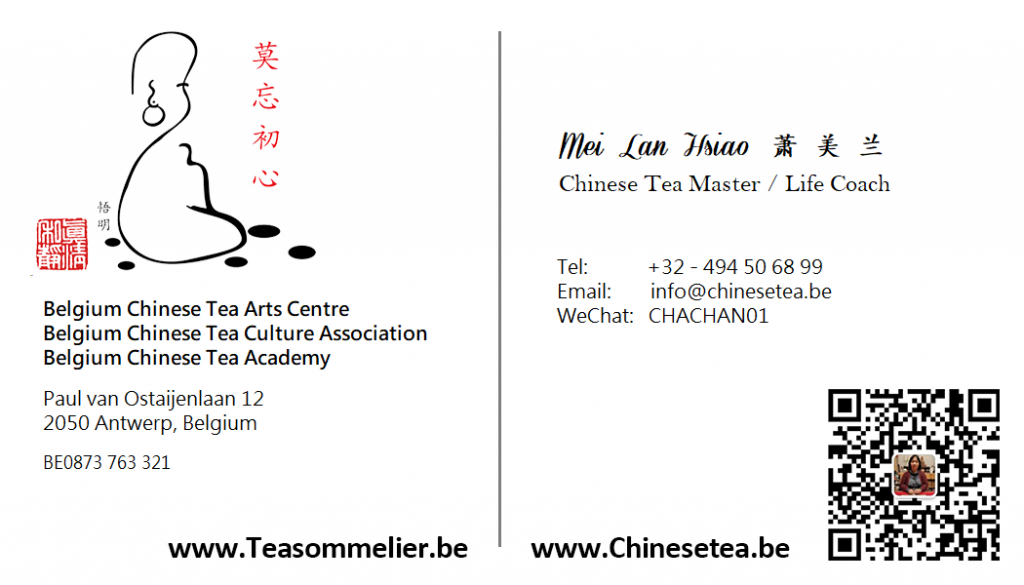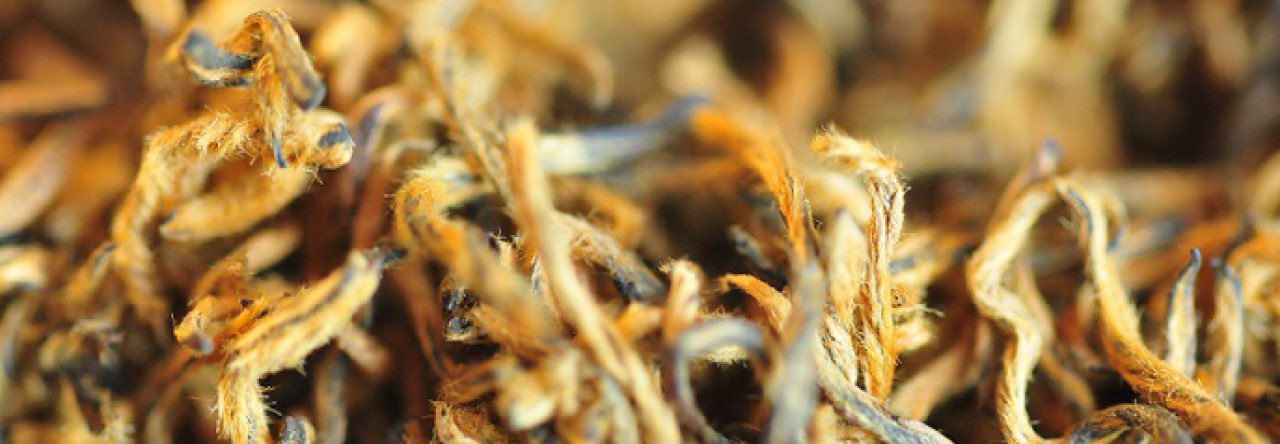
I did not know how to answer this question when someone told me a British tea company published on their web site about yellow tea that the production know-how was lost for hundreds of year and only recovered in 1970.
I hope the follow information is able to establish some clarifications:
- Yellow tea is a very unique tea from China, basically the production method is very similar as green tea, except there is an additional ‘staking fermentation’ process. Therefore, yellow tea is a mild oxidized tea.
- In different historical period in China history, there are different kind of yellow tea:
- The yellow tea that we know today has unique characters from specific tea tree cultivars that the fresh young bud and leaves appear in more yellowish color
- Teas presented to the Emperor in Tang dynasty, i.e. yellow tea from Shoushan, Anhui and Mengding, Sichuan, were known as yellow tea because of the color from dried tea leaves appeared in yellowish color.
- Basically there are three types of yellow tea based on the tenderness of fresh tea buds:
- Yellow Buds (or yellow tips) : such as Junshan Yinzhen (Hunan), Mengding Huangya (Sichuan) and Huoshan huangya (An Hui)
- Small-leafed yellow tea : such as Weishan Maojian,
- Large-leafed yellow tea can be found in Anhui, Hubei and Canton
- The most easy visualized character from Yellow tea is the color of tea liquor is in more yellowish.
- Yueyang in Hunan is known as capital of yellow tea
- Even many Chinese can easily confused by yellow tea from green tea or vice versa, how can we expect foreign tea lovers have to go through language interpretation?
However, yellow tea can be an interesting choice for those who would like to drink green tea but have problem with stomach.


Leave a Reply
You must be logged in to post a comment.